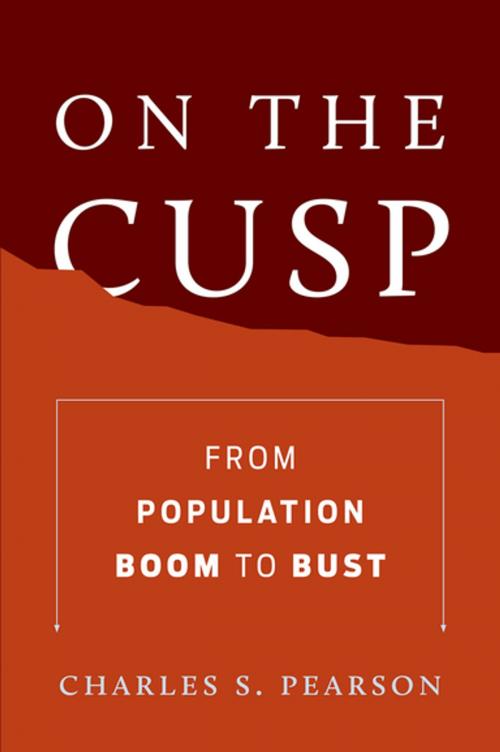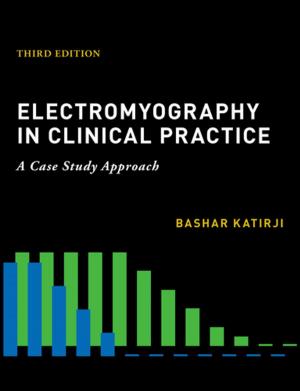On the Cusp
From Population Boom to Bust
Nonfiction, Social & Cultural Studies, Social Science, Demography, Political Science, Politics, Economic Policy| Author: | Charles S. Pearson | ISBN: | 9780190223939 |
| Publisher: | Oxford University Press | Publication: | June 15, 2015 |
| Imprint: | Oxford University Press | Language: | English |
| Author: | Charles S. Pearson |
| ISBN: | 9780190223939 |
| Publisher: | Oxford University Press |
| Publication: | June 15, 2015 |
| Imprint: | Oxford University Press |
| Language: | English |
For much of its history, human population growth increased at a glacial pace. The demographic rate only soared about 200 years ago, climaxing between the years 1950 and 2000. In that 50-year span, the population grew more than it had in the previous 5,000 years. Though these raw numbers are impressive, they conceal the fact that the growth rate of population topped out in the 1960s and may be negative later this century. The population boom is approaching a population bust, despite the current world population of seven billion people. In On the Cusp, economist Charles Pearson explores the meaning of this population trend from the arc of demographic growth to decline. He reviews Thomas Malthus's famous, but mistaken, 1798 argument that human population would exceed the earth's carrying capacity. That argument has resurfaced, however, in the current environmental era and under the threat of global warming. Analyzing population trends through dual lenses -- demography and economics -- Pearson examines the potential opportunities and challenges of population decline and aging. Aging is almost universal and will accelerate. Mitigating untoward economic effects may require policies to boost fertility (which has plunged), increase immigration, and work longer, harder, and smarter -- as well as undertake pension and health care reform, all of which have hidden costs. The writing is rigorous but not technical, and is complemented by a helpful set of figures and tables. Sharp, bold, and occasionally funny, Pearson's research has thought-provoking implications for future public policies. He ends his analysis with a modestly hopeful conclusion, noting that both the rich and the poor face a new demographic order. General readers and students alike will find On the Cusp an informative and engaging read.
For much of its history, human population growth increased at a glacial pace. The demographic rate only soared about 200 years ago, climaxing between the years 1950 and 2000. In that 50-year span, the population grew more than it had in the previous 5,000 years. Though these raw numbers are impressive, they conceal the fact that the growth rate of population topped out in the 1960s and may be negative later this century. The population boom is approaching a population bust, despite the current world population of seven billion people. In On the Cusp, economist Charles Pearson explores the meaning of this population trend from the arc of demographic growth to decline. He reviews Thomas Malthus's famous, but mistaken, 1798 argument that human population would exceed the earth's carrying capacity. That argument has resurfaced, however, in the current environmental era and under the threat of global warming. Analyzing population trends through dual lenses -- demography and economics -- Pearson examines the potential opportunities and challenges of population decline and aging. Aging is almost universal and will accelerate. Mitigating untoward economic effects may require policies to boost fertility (which has plunged), increase immigration, and work longer, harder, and smarter -- as well as undertake pension and health care reform, all of which have hidden costs. The writing is rigorous but not technical, and is complemented by a helpful set of figures and tables. Sharp, bold, and occasionally funny, Pearson's research has thought-provoking implications for future public policies. He ends his analysis with a modestly hopeful conclusion, noting that both the rich and the poor face a new demographic order. General readers and students alike will find On the Cusp an informative and engaging read.















